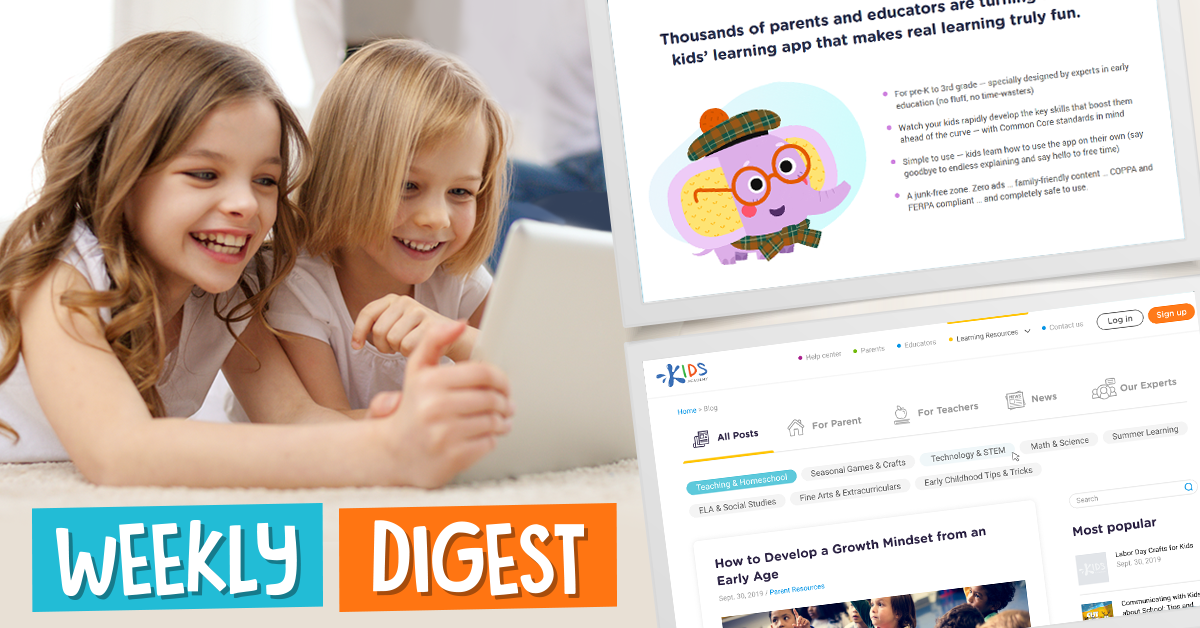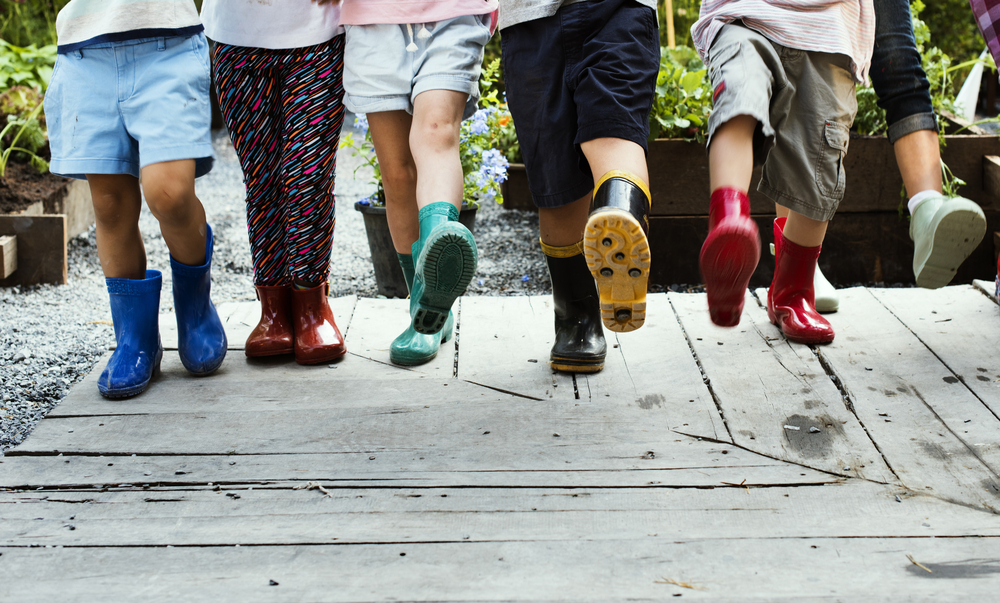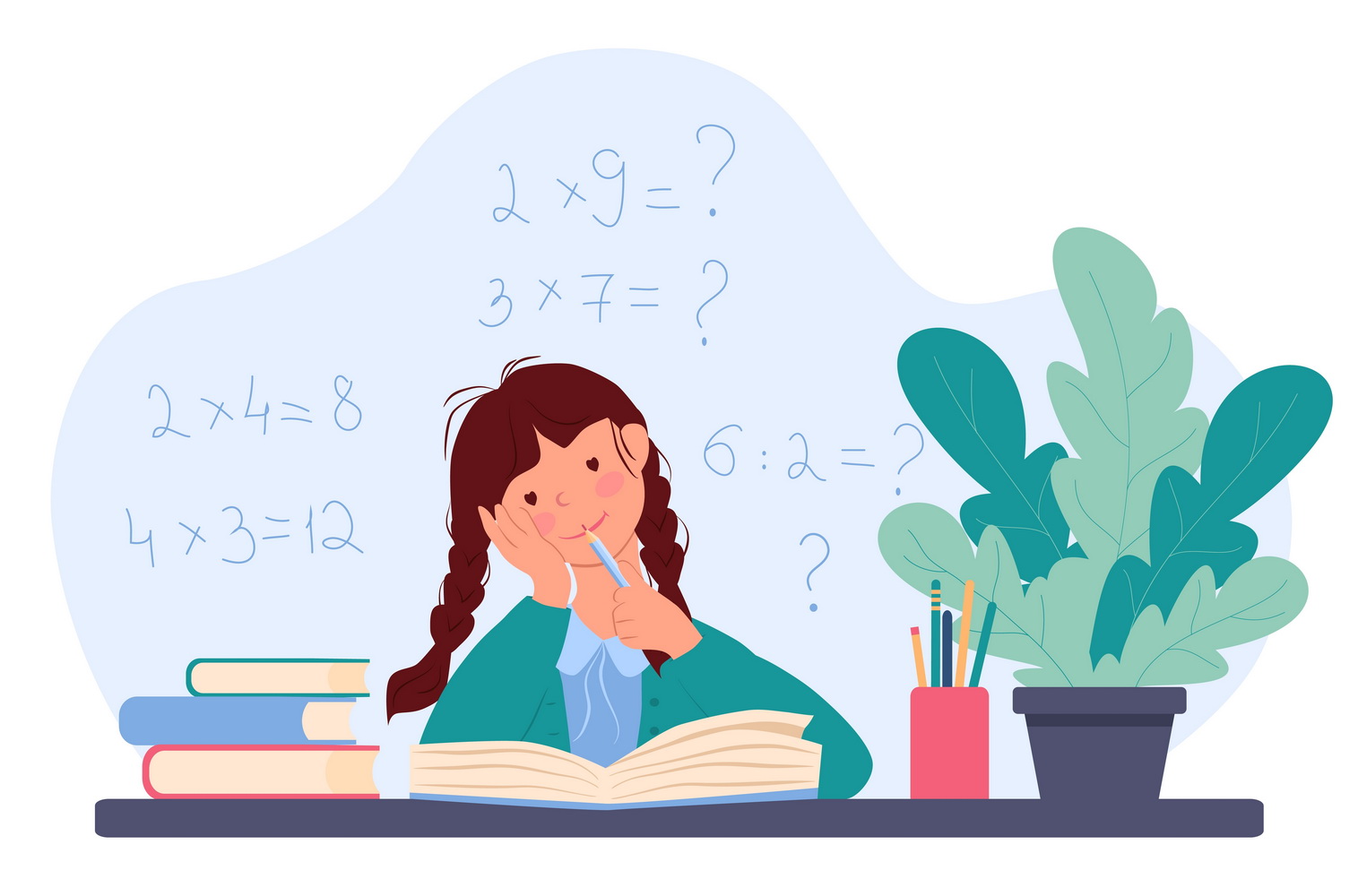Spatial awareness Normal Worksheets for 9-Year-Olds
6 filtered results
-
From - To
Enhance your 9-year-old's spatial awareness with our engaging normal worksheets! These thoughtfully designed resources will help children develop essential skills such as understanding directions, recognizing shapes, and visualizing relationships between objects. Perfect for both classroom and home use, our worksheets encourage critical thinking and problem-solving through fun activities that captivate young minds. Each printable activity focuses on real-world applications, helping kids connect their skills to everyday scenarios. Boost your child's confidence and spatial reasoning abilities as they explore diverse exercises that promote learning through play. Discover the joy of learning spatial concepts with our interactive worksheets today!
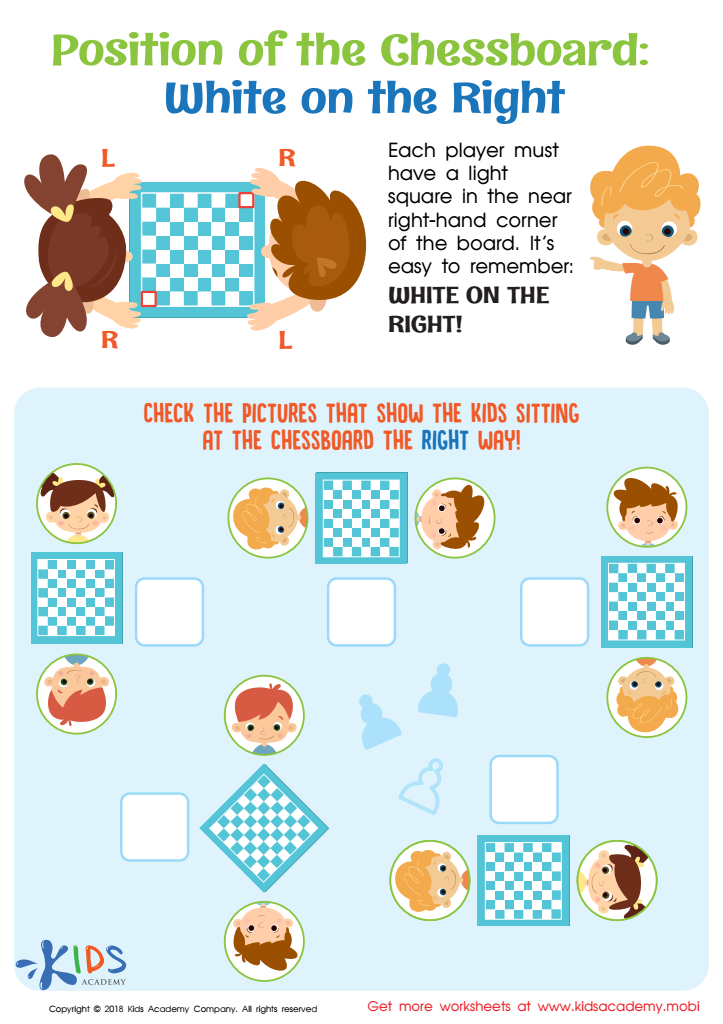

Position of the Chessboard: White on the Right Worksheet
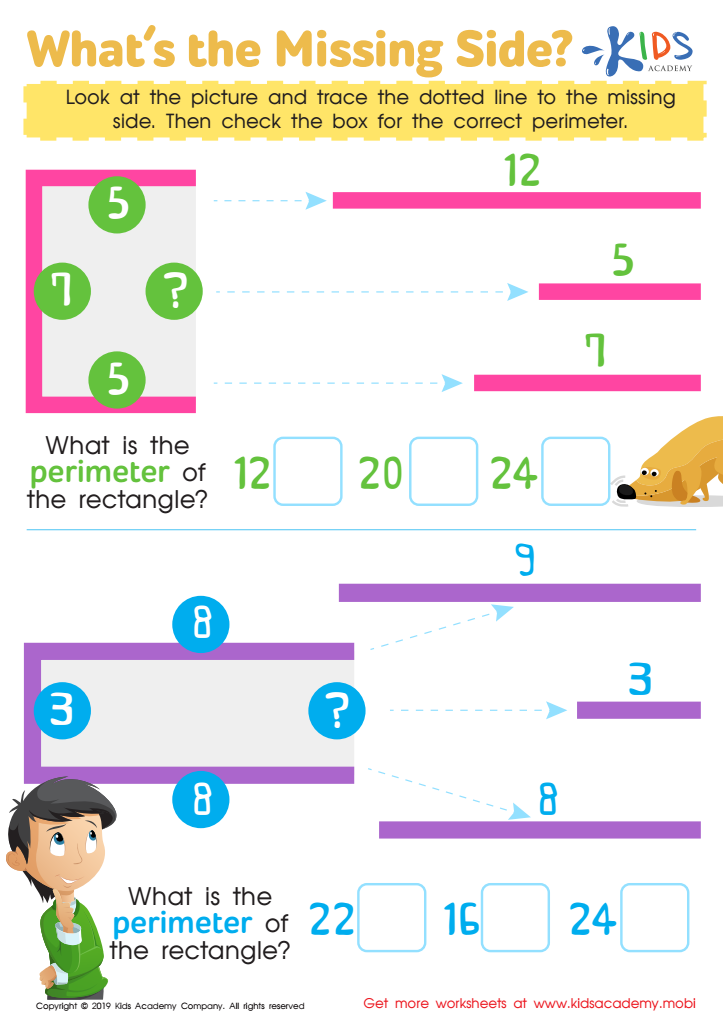

What's the Missing Side Worksheet
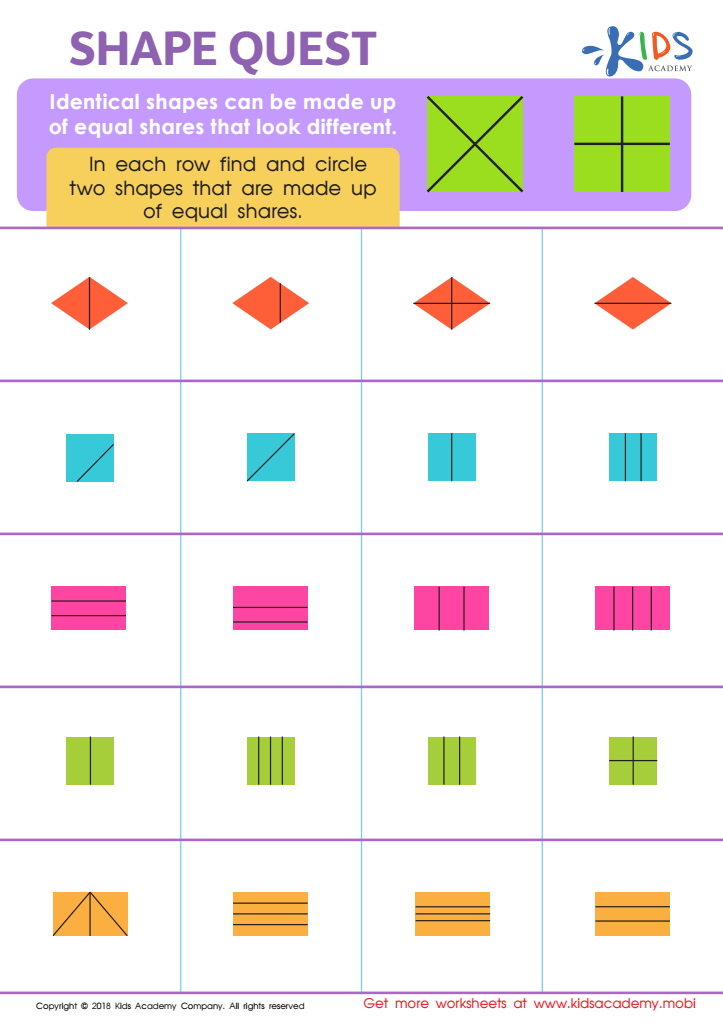

Shape Quest Worksheet
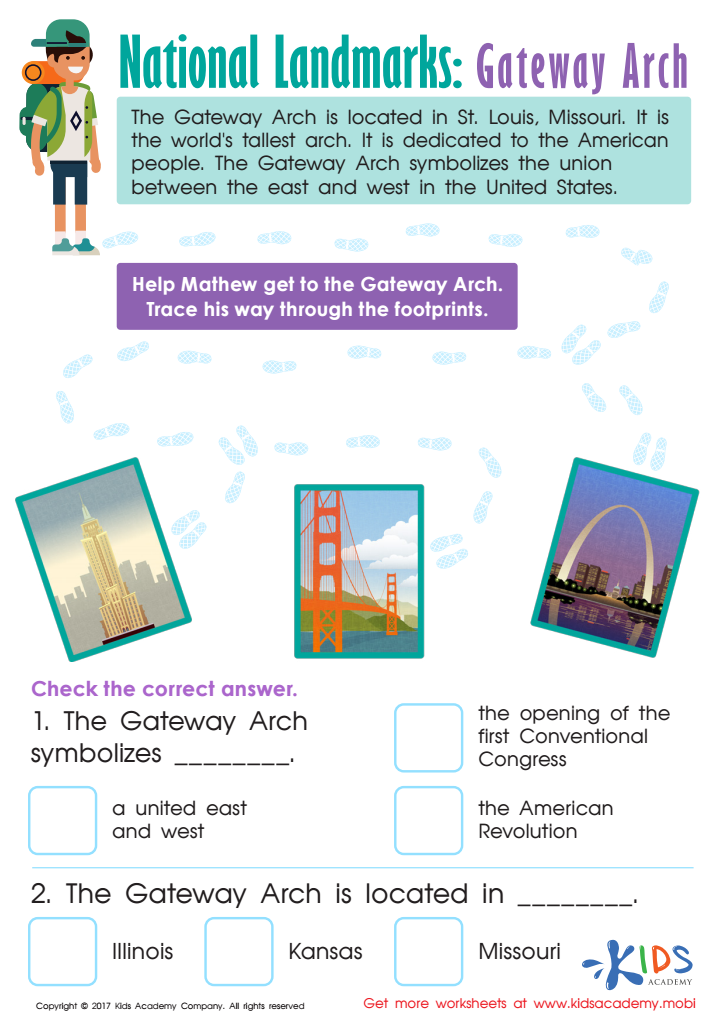

Gateway Arch Printable Worksheet
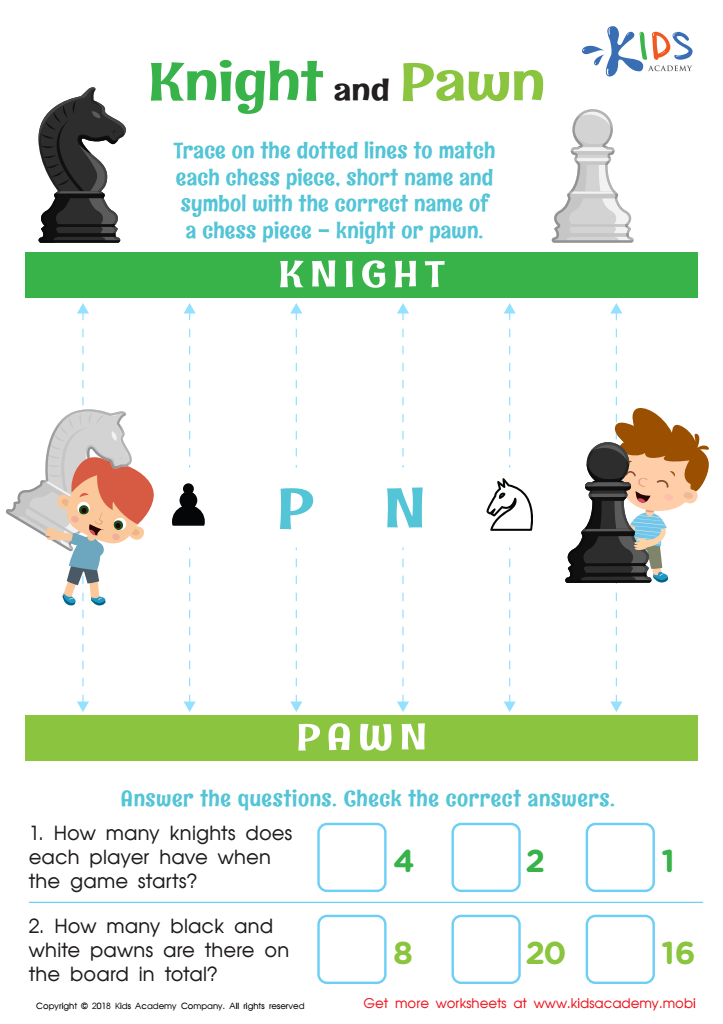

Knight and Pawn Worksheet
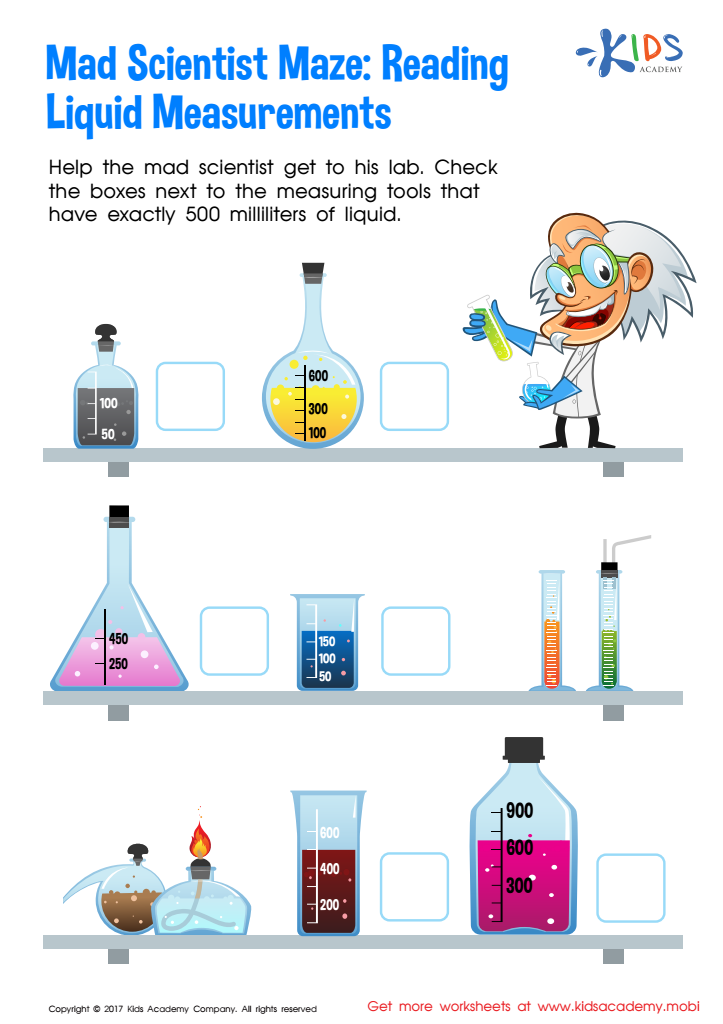

Reading Liquid Measurement Worksheet
Spatial awareness refers to the ability to understand and interact with the space around us. For 9-year-olds, developing good spatial awareness is crucial for various reasons. Firstly, it enhances problem-solving skills; when children can visualize space and relationships between objects, they can better navigate mathematical concepts, particularly in geometry. This foundation is vital for academic success in subjects like science, technology, engineering, and math (STEM).
Secondly, spatial awareness is essential for physical coordination and motor skills. As children engage in sports and physical activities, understanding spatial dynamics helps them predict and react to movements, leading to better performance and confidence.
Moreover, strong spatial skills can foster creativity and critical thinking. When kids learn to manipulate objects and envision possibilities within their environment, they become more innovative thinkers.
Lastly, spatial awareness has real-world applications, from everyday tasks like organizing a room to complex activities like driving. Parents and teachers should prioritize activities that encourage exploration, such as building blocks, puzzles, or games that involve multitasking and distance estimation. Supporting spatial skill development allows children to thrive academically and socially, ensuring they can navigate the complexities of life with confidence.
 Assign to My Students
Assign to My Students





